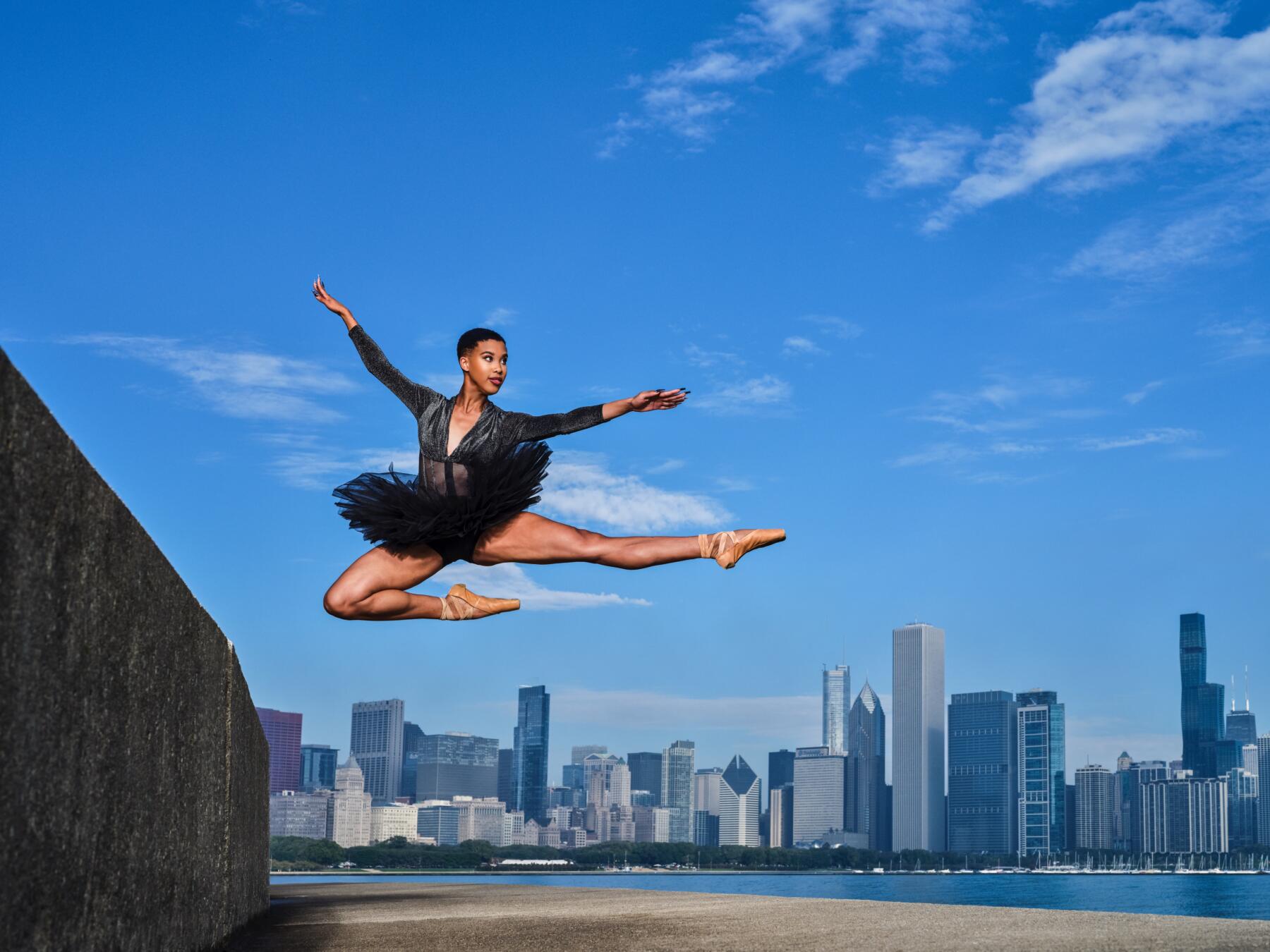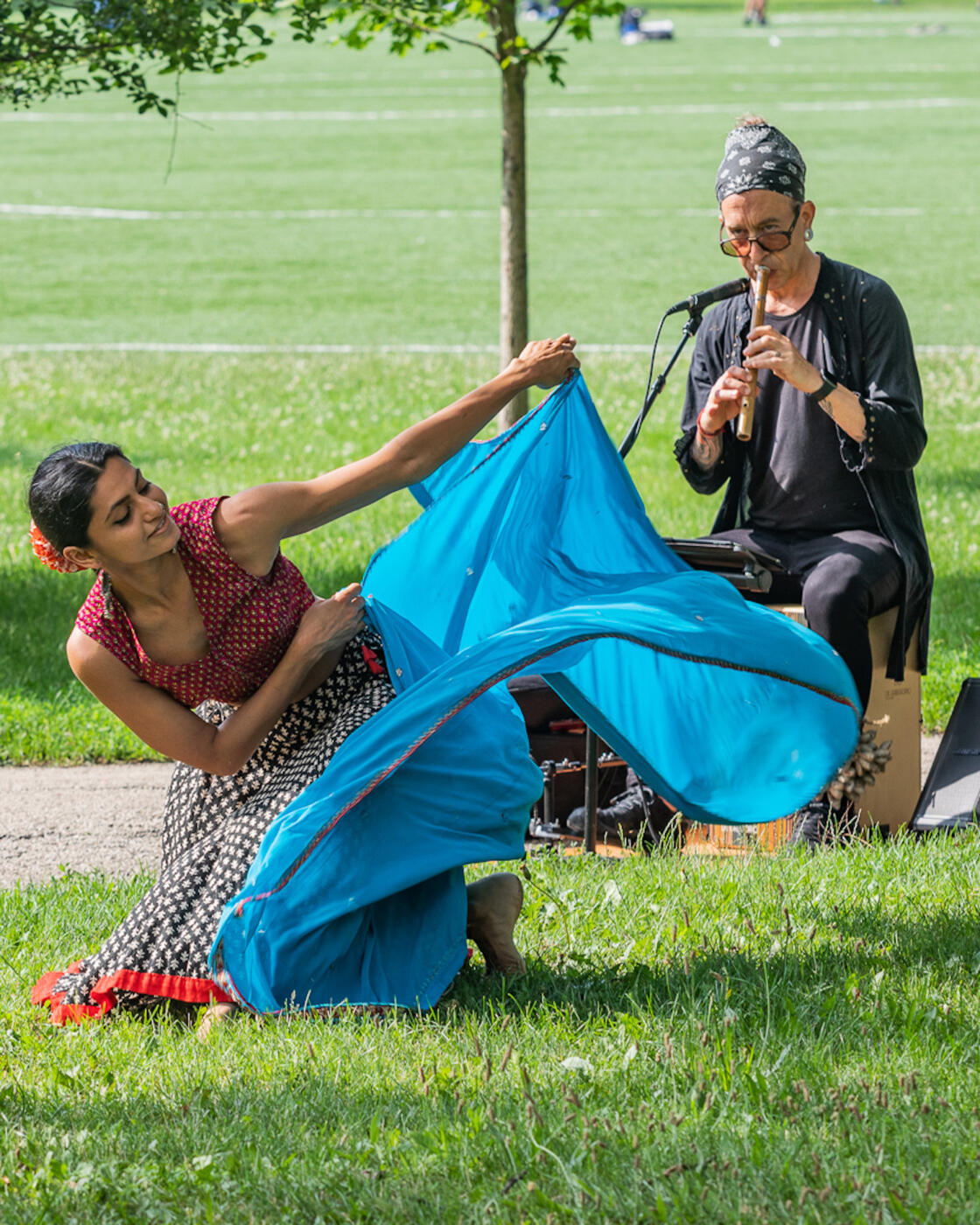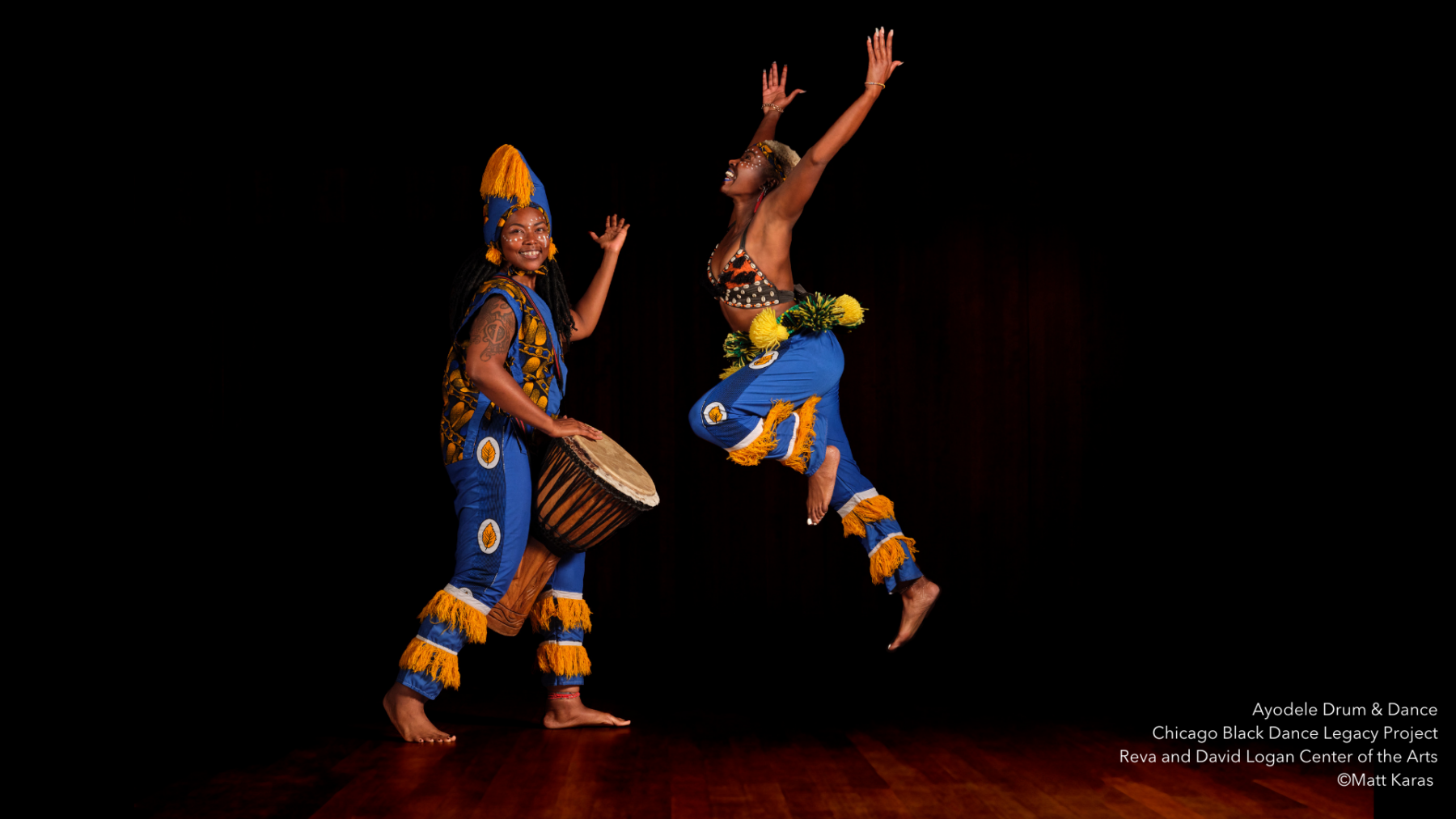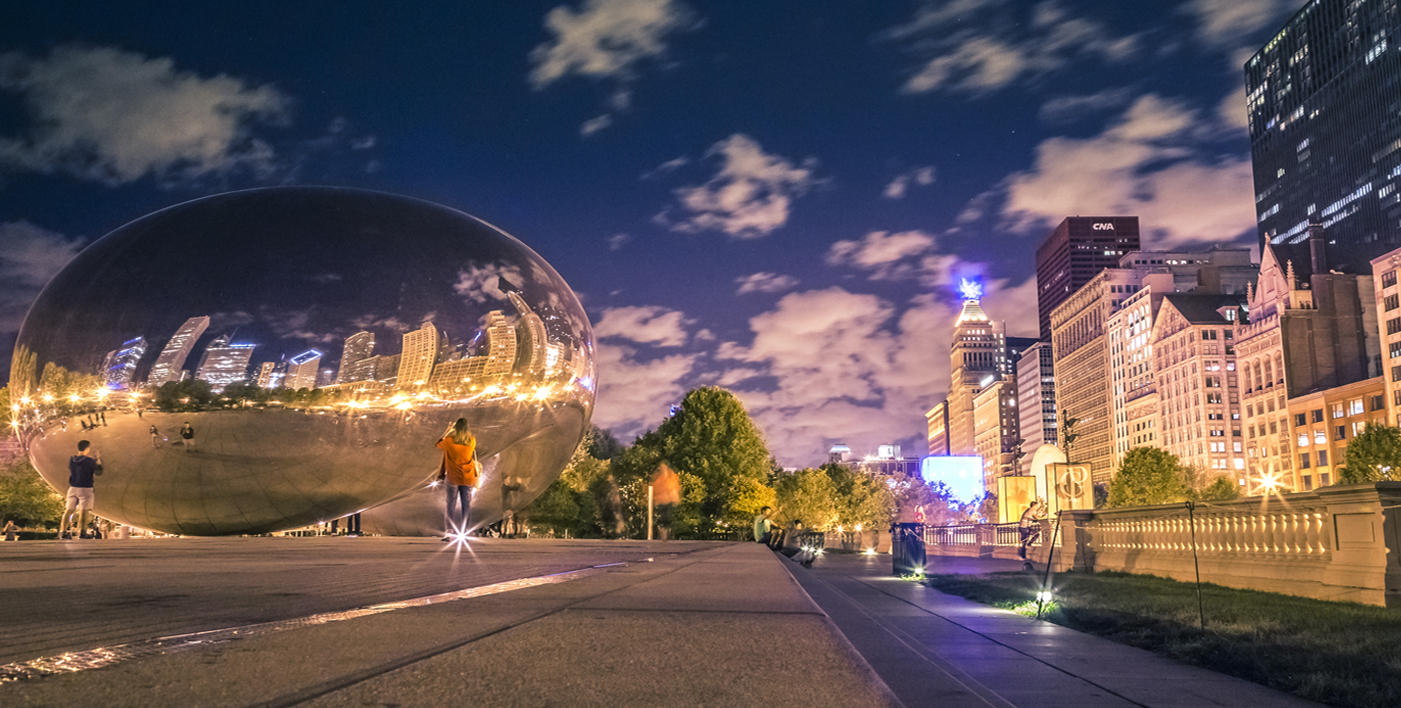This post was originally published by Block Club Chicago.
Footwork
Footwork is at once a style of a music and a style of dance, and they’ve gone hand-in-hand since their creation on the West Side.
Footwork evolved out of house music and the genre’s solo dancers. One dance move that came out of the West Side in the ’80s is called the Holy Ghost, and it’s designed to look like the dancer was overcome with the spirit at church — and dancing along to music at a whopping 160 beats per minute, according to South Side Weekly.
That particular move caught the eye of house music dance crews on the South Side, particularly House-O-Matics. They took the dance and added side-to-side movements, helping the style to evolve.
In the ’90s, electronic musician RP Boo created music to go along with the hyper fast and repetitive dance style, which is now known as footwork music. Today, the dance and music are best known for dance battles, with tracks designed to throw off other dancers.
Cha-cha slide
Born in Englewood, the Cha-Cha Slide wasn’t supposed to be a dance phenomenon at all. It was created by DJ Casper as a fitness routine.
Casper’s nephew worked at Bally’s Total Fitness and wanted something new to teach in 1999, according to WTTW. He asked DJ Casper to come up with something, and the stomp, hop and cha-cha of the Cha-Cha Slide was the result. DJ Casper put music to it, and people began to ask him for copies of the song. By the following year, the radio station WGCI picked it up; by 2004, it hit the Billboard Top 100.
“The best part about the ‘Cha-Cha Slide’ is you don’t need any lessons, you don’t need any rhythm — you can just follow along. … Sometimes special can mean simple, and when simple means you can connect with the human spirit … it’s in a category by itself,” V103 radio personality Glenn Cosby told WTTW in 2018.
Chicago-style stepping/steppin’
If you like romantic music and the South Side, you’re already deep into the origin story of Steppin’.
The dance style emerged in the ’70s, pioneered by Black Chicagoans on the South Side who were already dancing to a style called The Bop. The Bop, popular in the ’40s and ’50s, featured a pair of dancers gliding around the floor like they’re ballroom dancing. Steppin’ is similarly slow paced, but the dancers separate and appear to walk back to one another.
“Well, I had a friend of mine who would be dancing, and he would break away from his partner and he would sort of … walk back to her. It was like he was stepping. So, I kept saying steppin’ and steppin’, and the word Steppin’ just caught on,” DJ Sam Chatman, the man that coined the dance name, told ABC in February. “The rest is history!”
Polka hop
During and after World War II, surges in Polish immigration to Chicago led to the formation of the Polish Broadway in the 1950s. It was a stretch along West Division Street — most notably in the Wicker Park and Bucktown neighborhoods — with a high concentration of Polish residents. Polka bars dotted the street, full of live music and dancing. From there emerged the Polka Hop.
The Polka Hop is a slower version of the frantic dance of Eastern-style polka, and it includes a small hop between steps. Local polka musician Li’l Wally Jagiello was behind its invention.
Jagiello created Chicago-style polka — which features slower music, fewer musicians and more improv — to appeal to Polish Americans — and to keep patrons in bars and drinking longer. The music gave dancers a chance to move a little slower and add that iconic hop.









